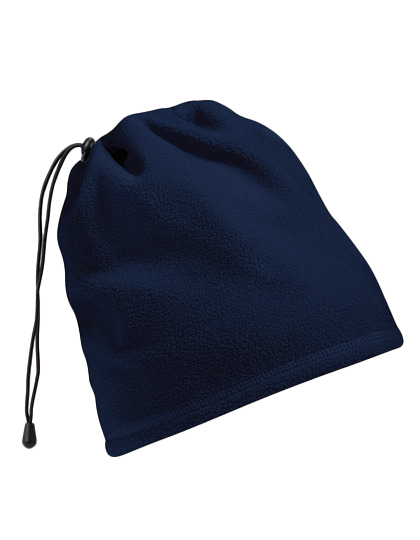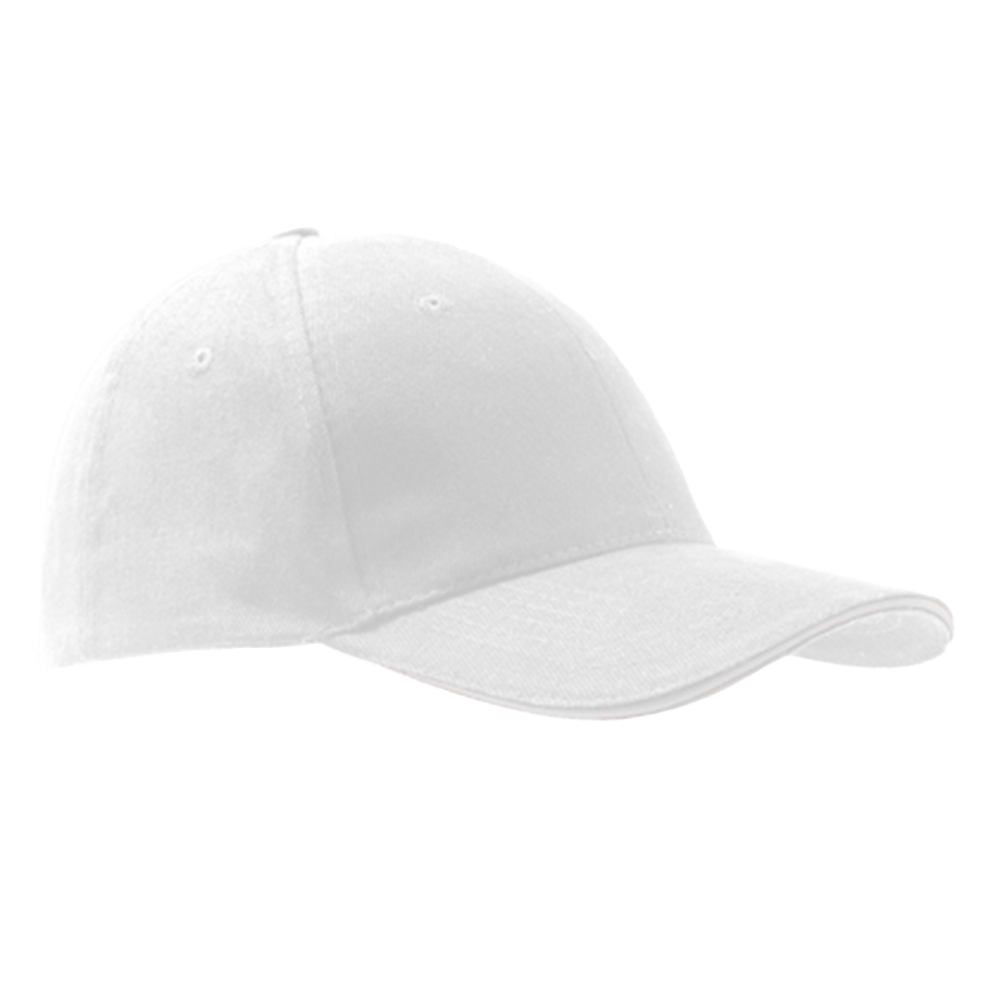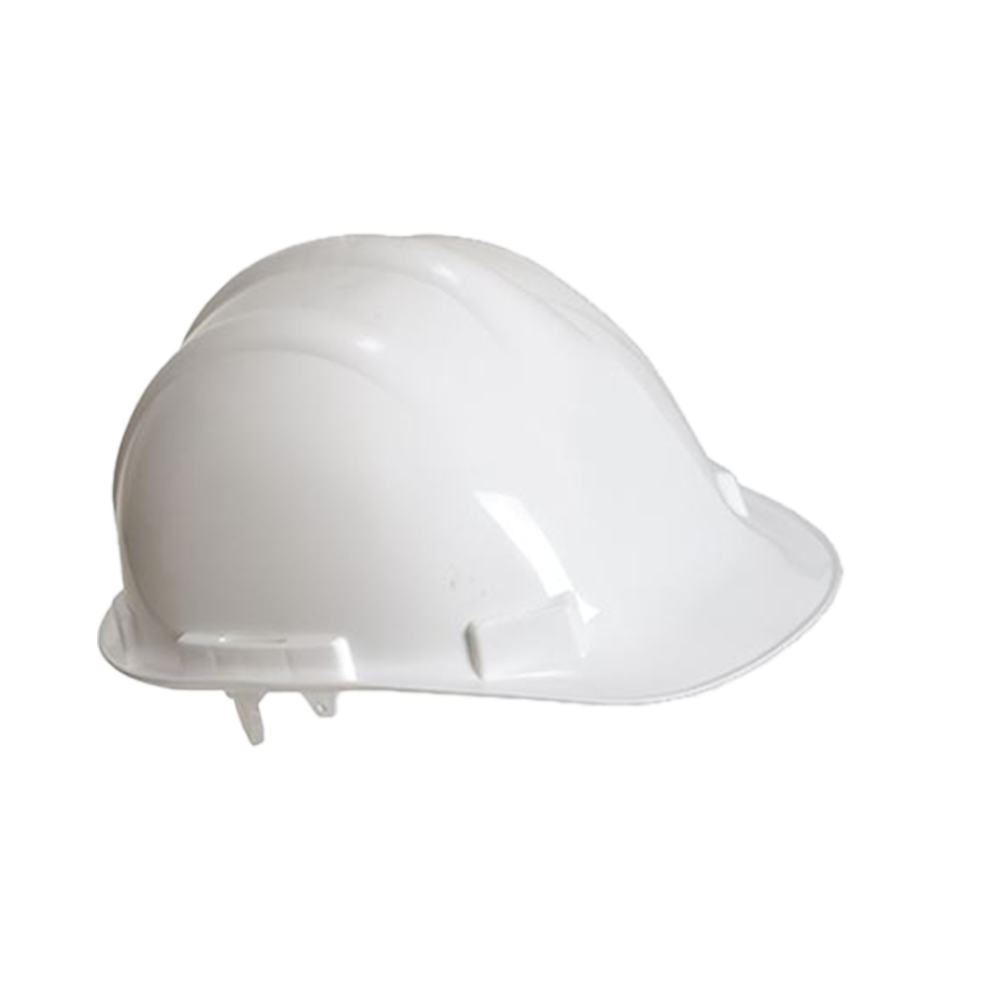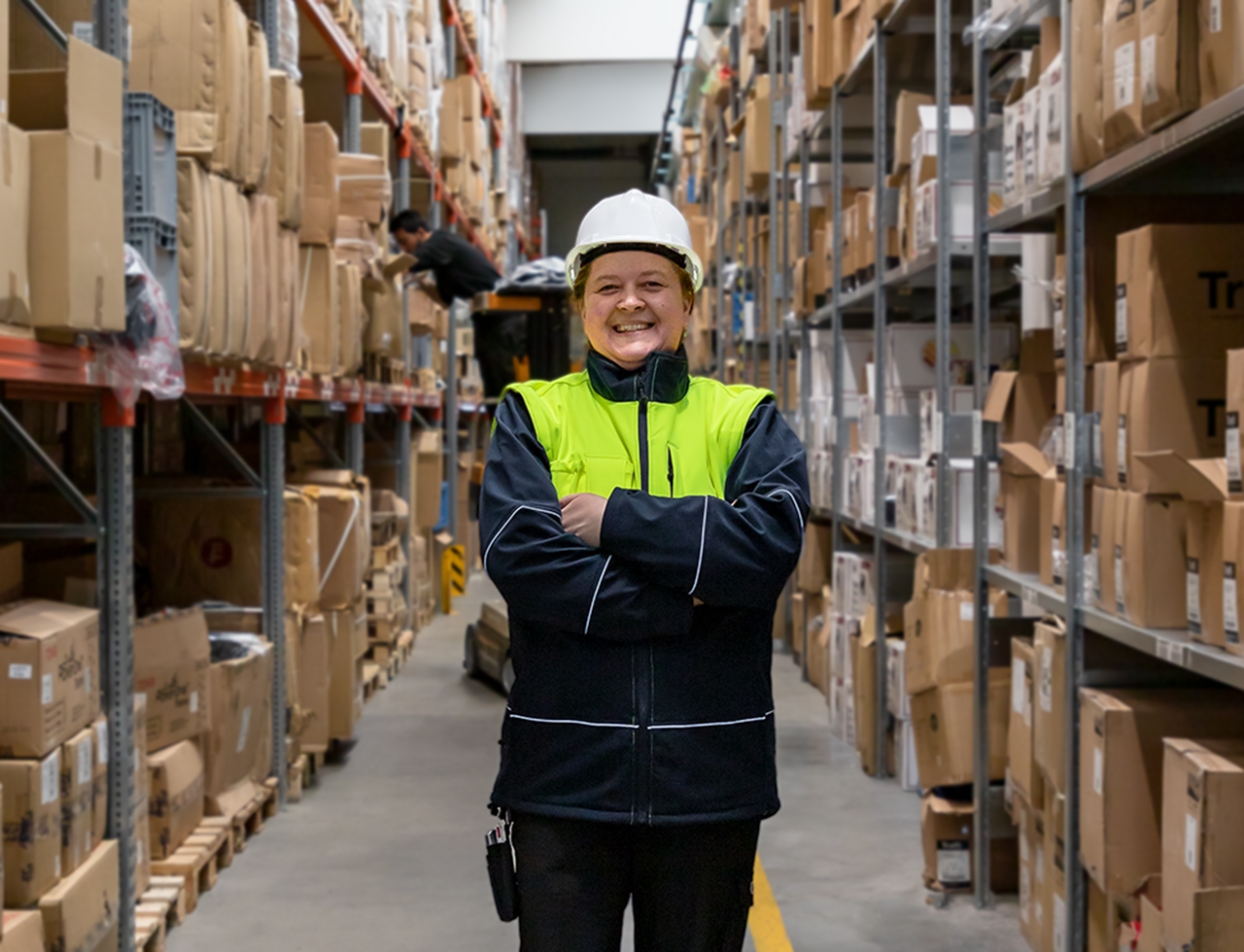Hygienically safe with our head protection.
Head protection suitable for food production ensures that the goods produced are free from impurities, contamination or soiling from foreign bodies.
Caps, hats and bonnets for hygienically safe work.
For manufacturing companies or those with hygiene-sensitive areas, it is essential to wear suitable head protection.
What types of head protection are used in the hygiene sector?
Reusable caps, bonnets or caps made of fabric are a popular alternative to disposable headwear and are often used as hygienic head protection in commercial kitchens, bakeries and the food industry. They effectively and reliably retain hair and thus form a protective barrier against contamination or impurities.
It is important that the reusable head protection has to be laundered at temperatures of at least 60° (household laundry) to 90° (industrial laundry).
Which types of work require head protection to be worn?
Head protection is crucial in hygiene areas and manufacturing companies to ensure compliance with hygiene standards. Particularly in industries such as food processing, catering and healthcare, it is important that employees wear head protection to minimise the risk of contamination from falling hair and other foreign objects such as dandruff.
By wearing head protection, you avoid contaminating food or causing contamination or infection in sensitive environments such as operating theatres or laboratories.
Of what material is head protection made?
The reusable head protection is usually made of polycotton, a blend of cotton and polyester. The blended fabric is extra easy-care and almost crease-resistant. It is also more elastic than pure cotton and comfortable to wear.
Disposable head protection, such as bonnets, is primarily made from lightweight and breathable materials such as non-woven fabric or polypropylene. These materials are cost-effective, hygienic and also offer adequate protection against hair and other contaminants.

